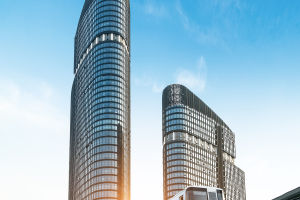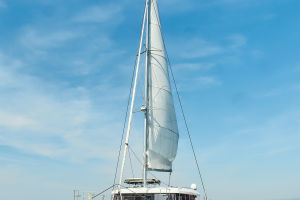When we talk about washing airplanes, it's not literally about bathing them, but rather about cleaning and maintaining their surfaces.
Aircraft are subjected to various environmental factors during flight, including airborne pollutants, dust, sandstorms, and bird droppings, which can affect their appearance, aerodynamic performance, and safety.
Therefore, regular cleaning and maintenance of aircraft are crucial, necessitating what's known as "washing" them.
Firstly, let's take a look at which parts of the aircraft surface require cleaning. Aircraft surfaces are typically coated with various protective layers, including primer, paint, and clear coat. These coatings not only protect the aircraft surface from corrosion but also provide certain aerodynamic performance.
However, prolonged flight and various environmental factors can lead to the accumulation of dirt on these coating surfaces, affecting their functionality. Additionally, areas such as the aircraft engine inlets, wings, and tail are prone to gathering dirt, impacting the aircraft's aerodynamic performance.
So, how is aircraft washing done? Aircraft washing typically involves two methods: manual washing and automatic washing.
Manual washing is the most traditional and common method. It is usually carried out by a specialized cleaning team. They use cleaning agents and water, along with manual scrubbing, to clean the aircraft surface. For hard-to-reach areas, they may use ladders or platforms for cleaning.
The advantage of this method is that it ensures thorough cleaning, with the ability to target different parts of the aircraft surface. However, it is time-consuming and labor-intensive, requiring a significant amount of manpower.
Automatic washing is a relatively newer method. This approach often utilizes specially designed automatic washing equipment, similar to automatic car wash machines. When the aircraft is parked in a designated location, these devices automatically spray cleaning agents and water, then clean the aircraft surface using rotating brushes or nozzles.
Some high-end automatic washing equipment can even adjust according to the shape and size of the aircraft to ensure a more uniform cleaning effect. The advantage of automatic washing is its efficiency and potential to save on labor costs. However, it may not completely replace manual washing, as the cleaning effect on certain parts may not be as good as manual washing.
Whether manual or automatic, appropriate cleaning agents are necessary. These cleaning agents are typically specially designed to effectively remove dirt without damaging the aircraft surface coatings. Additionally, care must be taken to protect vulnerable parts of the aircraft, such as glass and tires, during the cleaning process, to avoid damage from the cleaning agents.
In addition to regular surface cleaning, aircraft also require deeper maintenance, such as corrosion protection treatments and paint repairs. These tasks typically require specialized technical personnel and equipment to ensure the safety and reliability of the aircraft.
In conclusion, washing aircraft is an essential part of aircraft maintenance. Through regular cleaning and maintenance, the cleanliness and smoothness of the aircraft surface can be maintained, extending its service life while improving its flight performance and safety. Whether manual or automatic, the goal is to ensure that the aircraft remains in optimal condition when flying in the blue skies.


